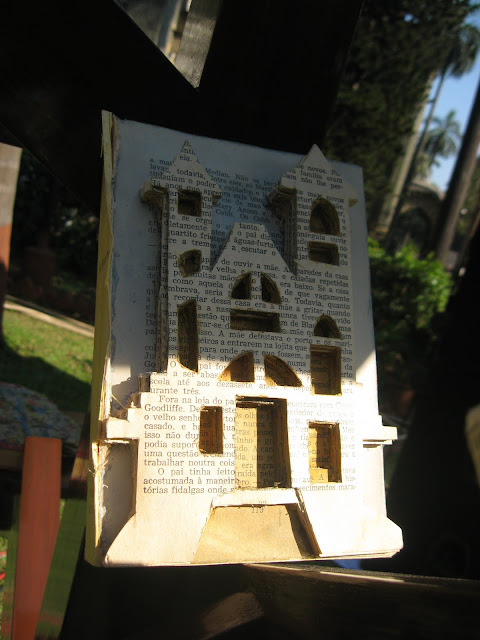The year was 1290 . A crowd had gathered around a clearing, where broken down pillars marked the presence of an ancient temple, now long gone. A young boy, just 14 years old, leaned against one of those pillars, deep in thought. Then, he began speaking, and the crowd fell silent, listening to his every word. He spoke without any notes, translating the Bhagavat Gita, from Sanskrit, which only the pundits knew, to the language everyone in the village knew and spoke – a variety of Prakrit which developed into the Marathi language. Even as he spoke, one of the men in the audience realized how momentous this event was, and how important this composition would be. He began writing down the words the young boy spoke, and this composition was named by its author and composer, the Bhavartha Deepika – the enlightening meaning (of the Bhagavat Gita). Now, the ancient, holy text, was no longer restricted to the pundits, but accessible to all, understood easily by them, composed as it was, in their...
I am back, after a long hiatus...... and thanks to the gap, don't know what to write... Theres actually lots to write about..... Apart from my trip to Hampi, Badami, Aihiole and Pattadakkal, which most of you know about, I also made a trip to Ajanta and Ellora, and later even one to Elephanta. So now I have so many cave temples I want to describe, and I dont know where to start!! Apart from that, there have been lots more interesting things happening.. such as a book launch, the Kala Ghoda Festival, which is now over... and lots more.....
Before I get back with my posts, here is a bit of good news for all of you. Thanks to all those of you who voted for me in the Best of Indian Blogosphere 2010 Polls, this blog is one of the winners in the Personal Category. Once again, my sincere thanks to all of you. You can see the badge on the top right hand corner of the blog. You can see the complete list of selected blogs here.
Meanwhile, since I am still wondering how to make up for all the time I missed, here are a few pics for you.....
These are 'Book art' from the Kala Ghoda Festival, which was held at the beginning of Feb. These are made from old, torn books. They look fascinating, don't they? Samhith loved them, and wondered if he could make these too, and wanted to use his books for the purpose, but I have deflected the intention for now. Do any of you know how to go about making such masterpieces? Would love to hear from you... and maybe Samhith can learn and try it out on some of his old books too!
Now that I have started again, I hope to keep writing at least one post a day, so wish me luck! Meanwhile, there are some interesting things coming up, so please do keep coming back!!




Welcome back and Congratulations for your blogjunta award.
ReplyDeleteThe book art is very interesting.Some of them are really creative.